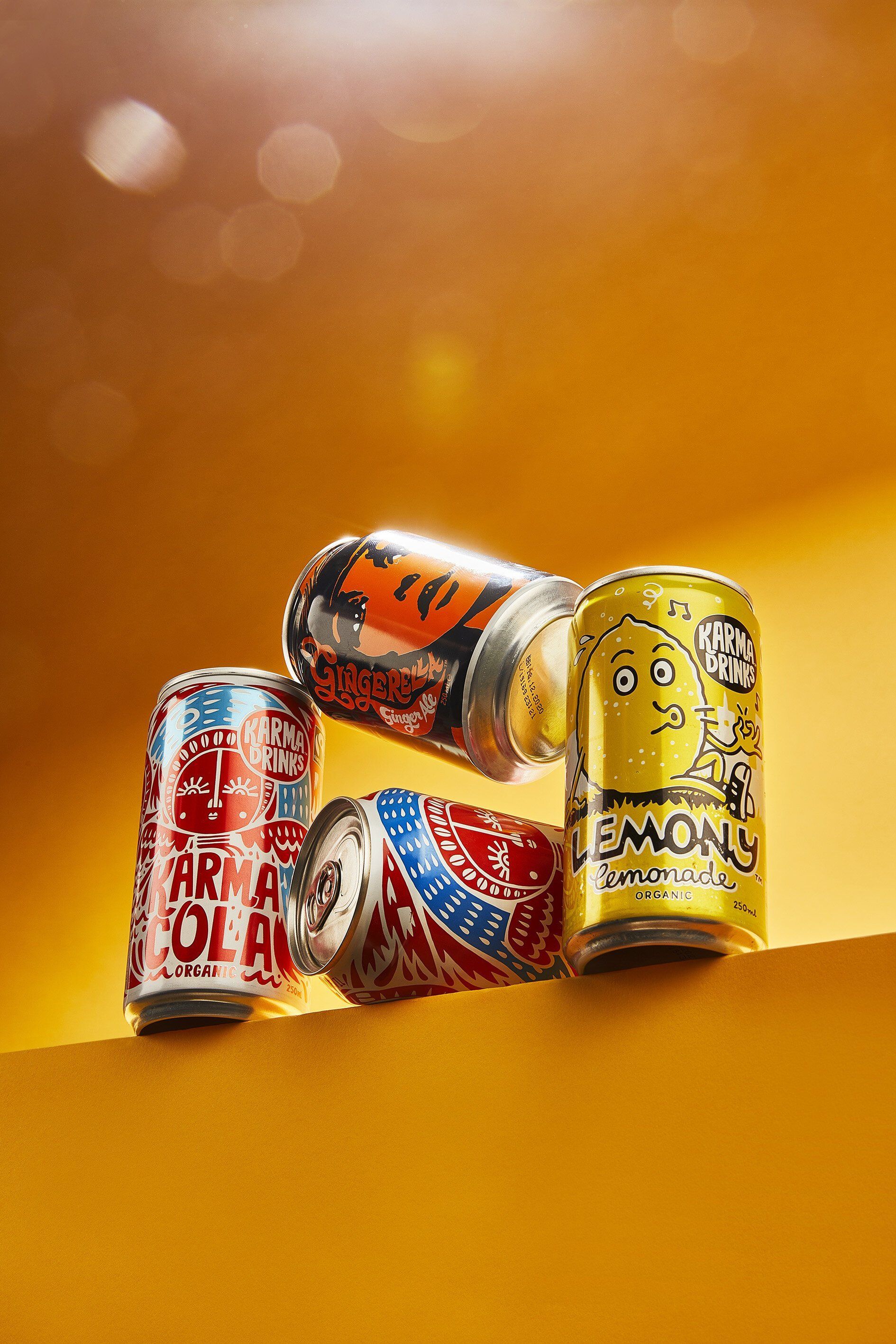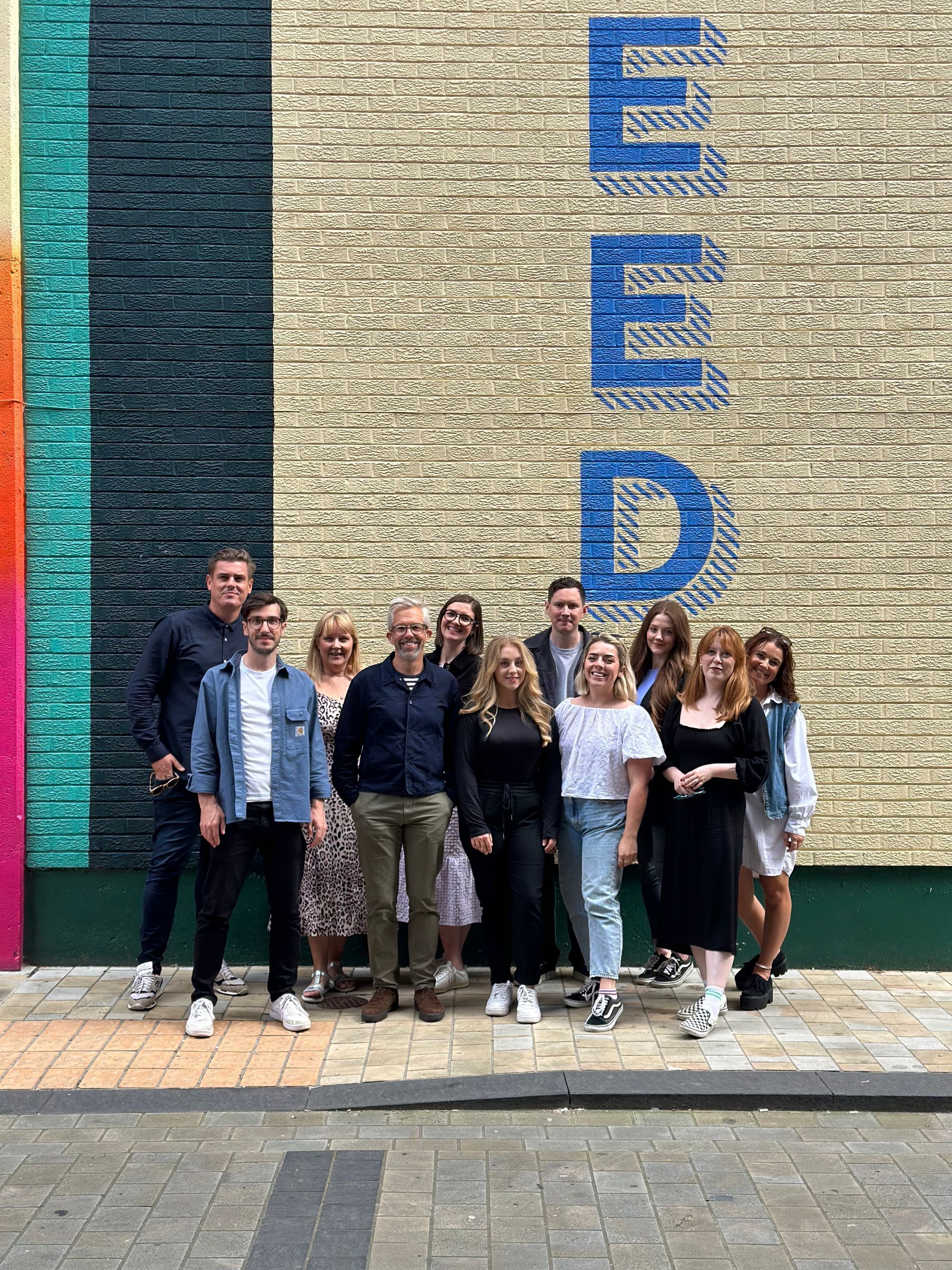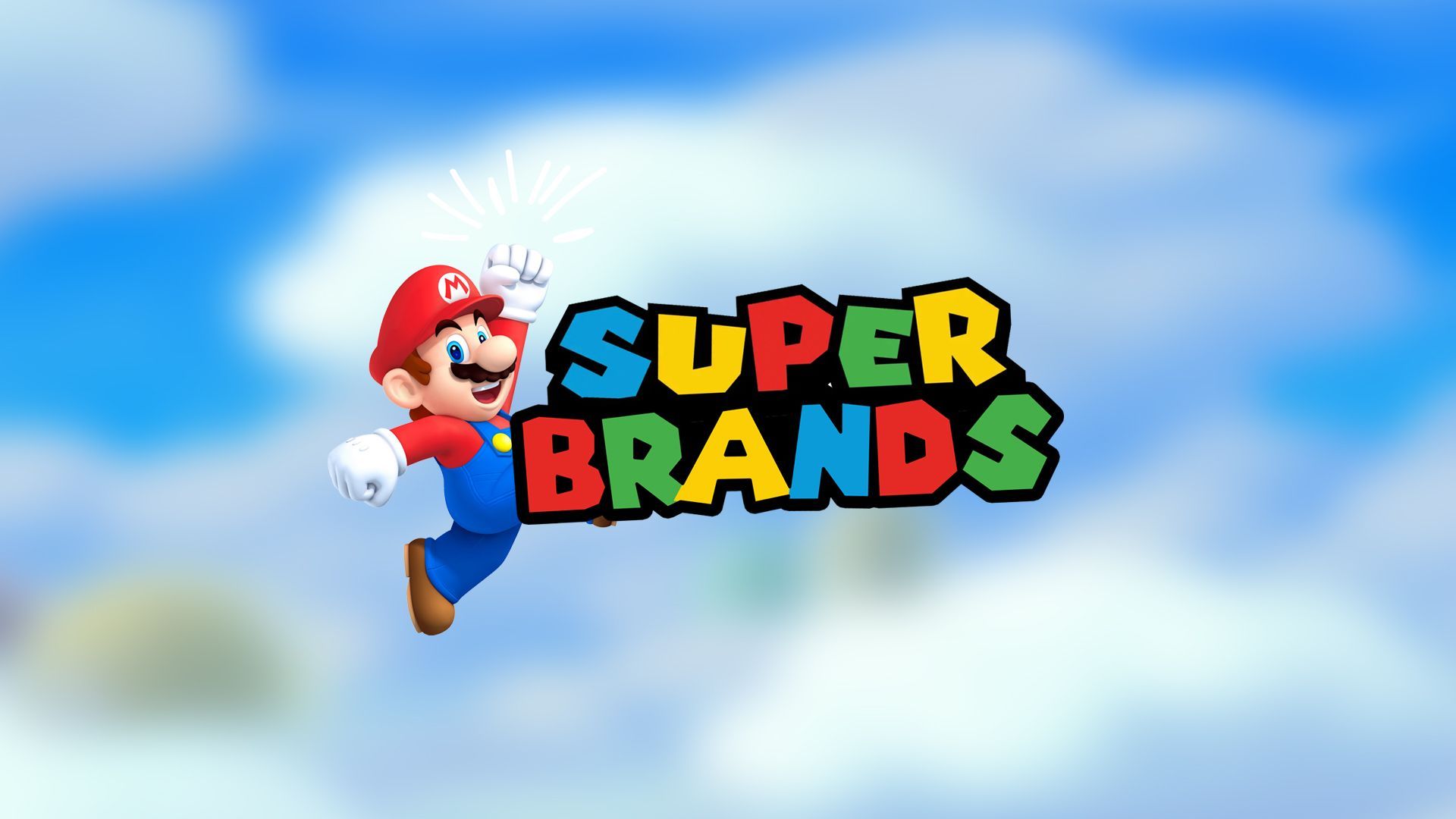Article
Web3 and the future of customer loyalty
May 03, 2023
OUR top 5 takeouts.
_01
To create great customer loyalty, starts with understanding your business objective and defining a loyalty strategy that aligns (sounds simple but a lot of brands skip this step and shoehorn it in later)
_02 The expectation of loyalty schemes is changing, with social media more prevalent and increased competition, brands need to stand out by creating a personalised experience that engages their audience on the channels they’re most interested in.
_03 A mistake companies make when implementing loyalty programmes is that their customer service experience doesn’t matter. However, if there isn’t a robust process in place to help people when something goes wrong, a discount code isn’t enough to keep them loyal.
_04 Web 3 is coming! A lot of brands are already using it to define loyalty schemes (e.g. Starbucks’ Odyssey). Web 3 can add the most value for brands that have a strong community already – it can allow their customers to feed into the business, collect and exchange digital tokens (NFT) and give them access to their data.
_05 So, what is Web 3? – put simply, it holds info, content, and tokens (NFT) that are decentralised and therefore can be transferred freely as they’re not tied to any brand or individual. Importantly, the content cannot be edited and so can’t be tampered with. A good example of this is all your photos on Instagram would be lost if the platform was pulled overnight. If Instagram used Web 3, they’d be stored in a way where you’d be able to always access/move them.
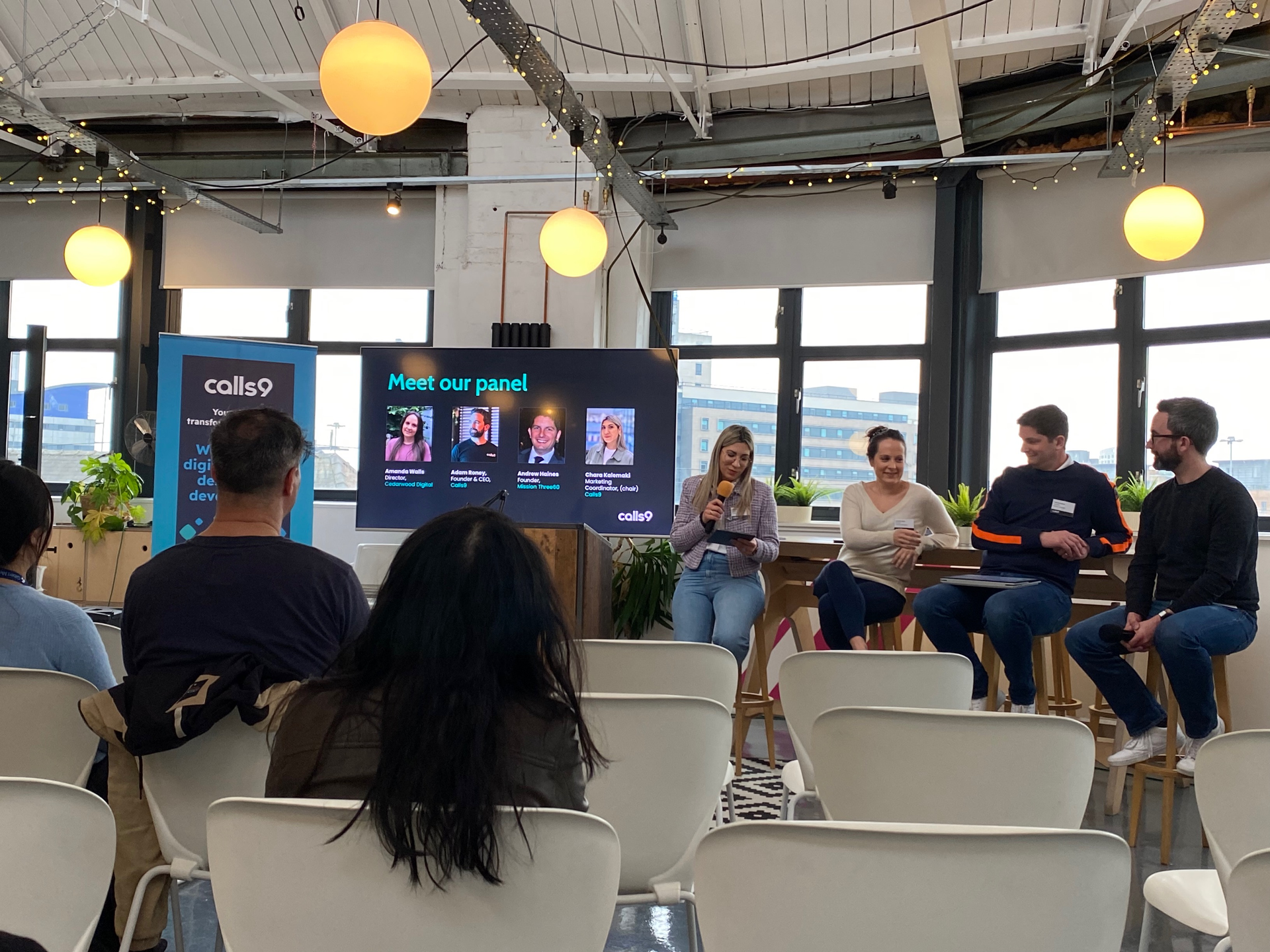
share this
Related Articles
Related Articles
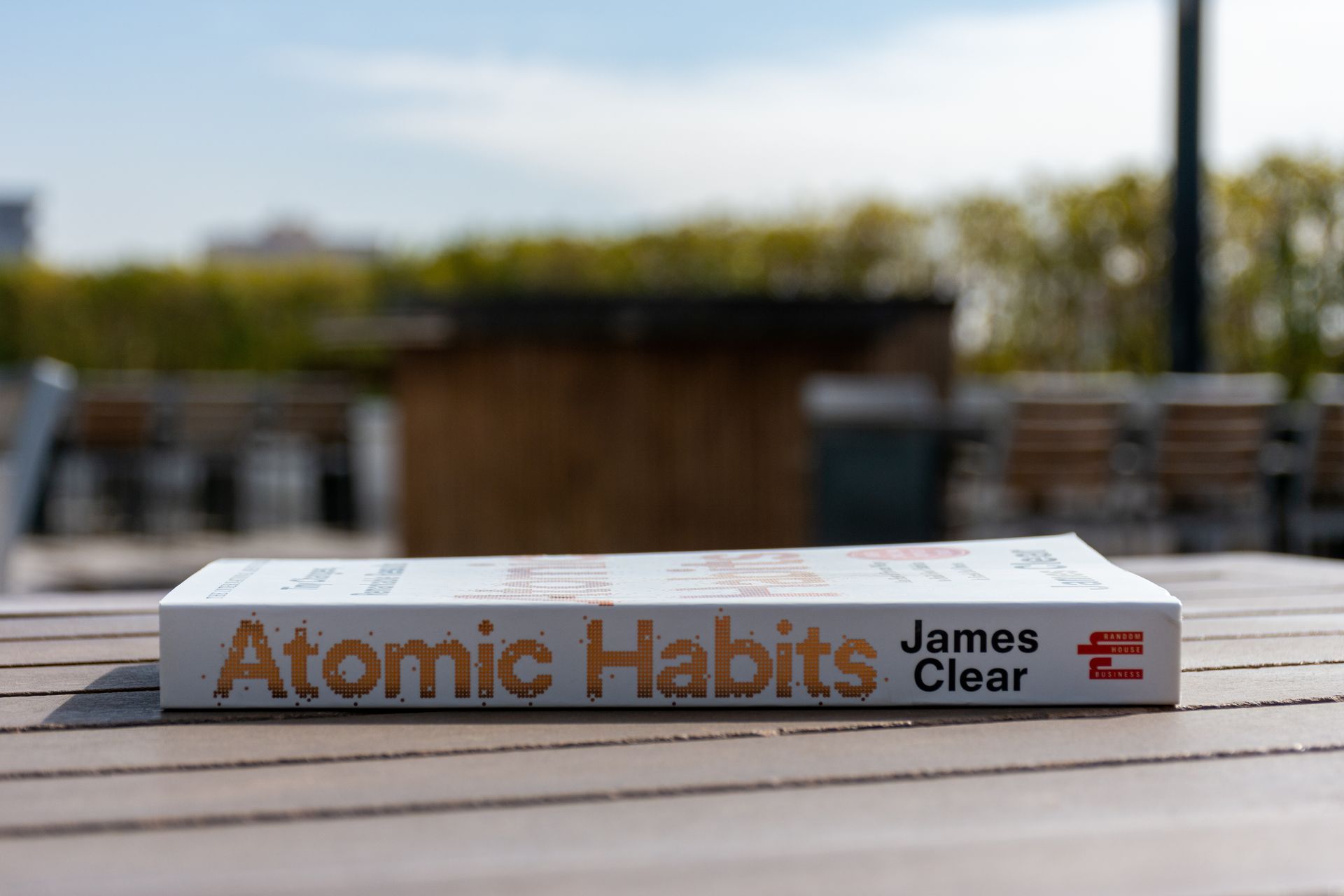
James Clear's best selling book Atomic Habits outlines a beautifully simple way to change our personal behaviours by making incremental changes to our lifestyles. James Clear's best selling book Atomic Habits outlines a beautifully simple way to change our personal behaviours by making incremental changes to our lifestyles. One of the key lessons is the idea that small changes make a big difference. In life we often look for the game-changing moment or a short-cut hack. Atomic Habits are the small changes we can make that are known as the concept of marginal-gains, seeking small 1% improvements. Seemingly tiny increments have a major impact over time: 1% a day equates to a 37% improvement in a year. In marketing we are often looking for the single big event to make a difference. The game-changing next big thing. Quite often that comes in the form of a stunt brief - the quest for an idea that will grab the headlines and change the world. Go visit FamousCampaigns.com and ask yourself how many have you heard of? Are they actually famous? At Finn we advocate an atomic habits style approach for brands: define what you want to be and then make incremental steps to get there. Continuously test and learn, observe what the data are telling you and make small improvements. We have just deployed that approach for one of our clients and they have grown brand penetration a ridiculous 318% to become the number one in their category. Now to be clear that is mostly due to it being a brilliant product, perfectly positioned to capture unmet demand and it has grown a ton of distribution thanks to the herculean efforts of the sales team. However, a disciplined approach to delivering effective communications has made a significant and proven impact. Silver bullets and big bets are not healthy habits for brands.
STAY UP TO DATE
GET PATH'S LATEST
Receive bi-weekly updates from the church, and get a heads up on upcoming events.
Contact Us



